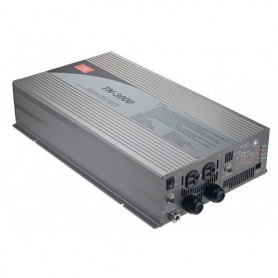DC/AC Inverter True Sine Wave Open Frame 400W Input 42-60Vdc EU...
DC/AC Inverter - True Sine Wave 300W Input 24Vdc Output...
DC/AC Inverter - True Sine Wave 1200W Input 12Vdc 120A Output...
DC/AC Inverter - True Sine Wave 400W Input 12Vdc Output...
DC/AC Inverter True Sine Wave Open Frame 1000W Input 10.5-15Vdc...
DC/AC Inverter - True Sine Wave 1200W Input 24Vdc 60A Output...
DC/AC Inverter - True Sine Wave 750W Input 12Vdc Output...
DC/AC Inverter - True Sine Wave 750W Input 24Vdc Output...
DC/AC Inverter True Sine Wave Open Frame 700W Input 10.5-15Vdc...
DC/AC Inverter 1500W Input 10.5-15Vdc Output 230Vac EU TYPE B Solar...
AVAILABLE ON ORDER
DC/AC Inverter 1500W Input 21-30Vdc Output 230Vac EU TYPE B Solar...
AVAILABLE ON ORDER
DC/AC Inverter 3000W Input 10.5-15V Output 230Vac EU TYPE B Solar...
AVAILABLE ON ORDER





















